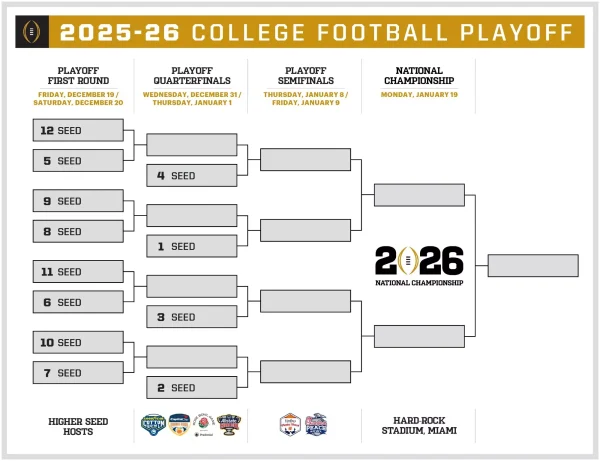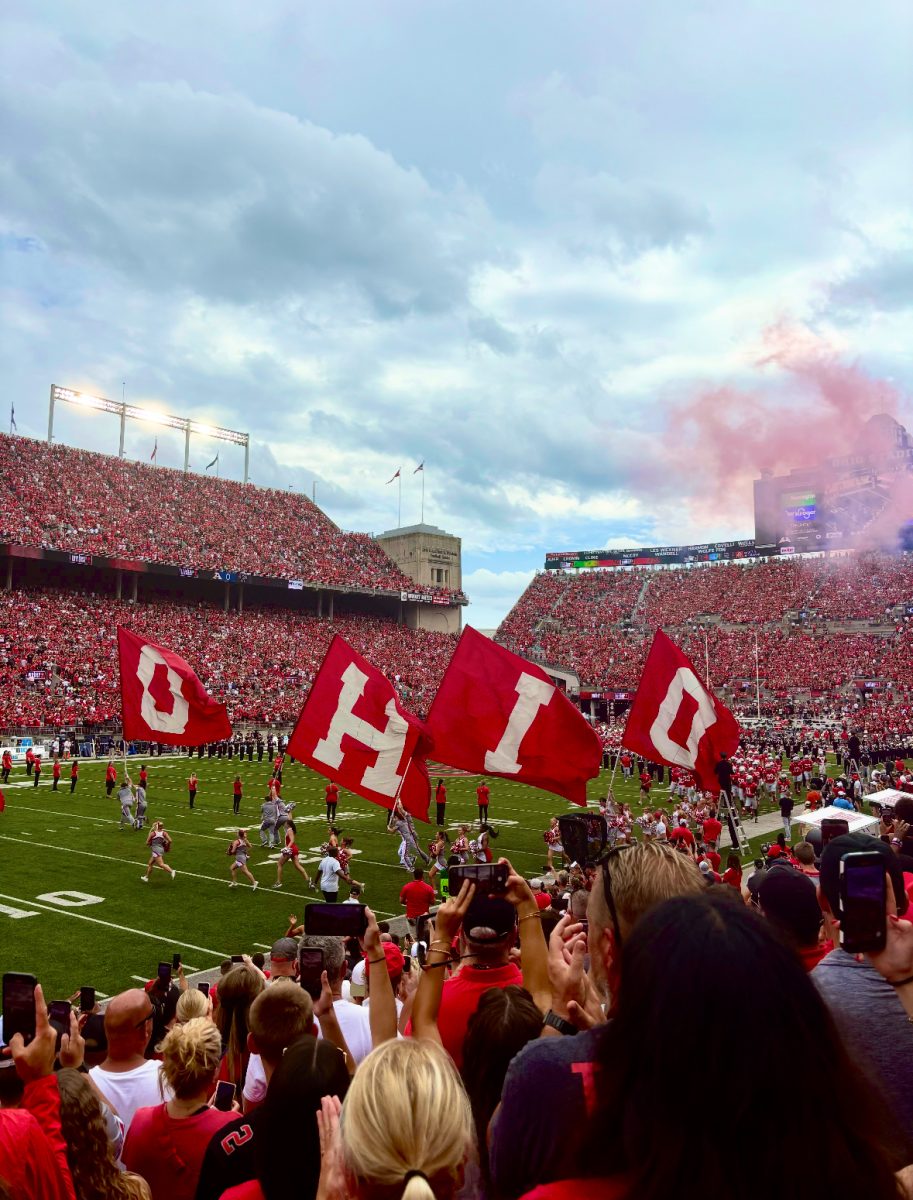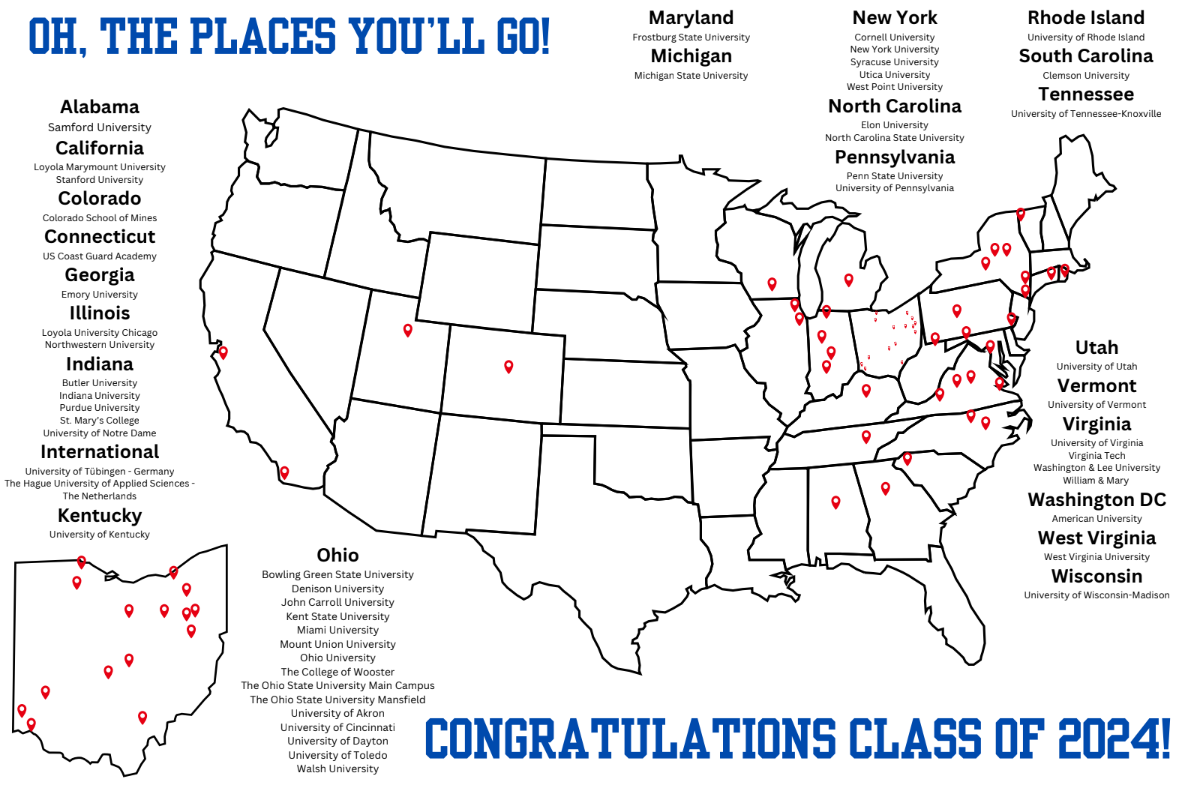This year, the NCAA introduced a new playoff format following years of backlash from fans and players alike for only having four teams make it into the playoffs. Now, 12 teams make it to the College Football Playoff (CFP). The questions is, is that better?
The new format is set up as 5+7, meaning that the five highest-ranked conference champions have automatic bids into the playoff, with the next seven highest ranked teams making it as well. Following the collapse of the PAC-12 conference in football, this means that a ‘group of five’ team will have an automatic bid into the college football playoff. The ‘group of five’ are the five conferences that are considered weaker than the top, ‘power five’ conferences, the Big 12, Pac 12, Big 10, the Southeastern Conference (SEC) and the Atlantic Coast Conference (ACC).
This is a huge change from the previous format, as no ‘group of five’ team has ever reached the playoffs except American Athletic Conference (AAC) champions Cincinnati in 2021. This is due to the committee determining that group of five teams have too easy of a schedule to have ‘earned’ the playoffs as they tend to face non-ranked teams.
This has led to many controversies in the past, namely in 2017. The University of Central Florida (UCF), also a member of the AAC, went 12-0 in the regular season, the first undefeated season ever for the program and just two years after their historic winless 0-12 season. Following their perfect regular season, which included defeating then ranked no.20 Memphis in the AAC championship, they were controversially ranked at no.12, leading to a major bowl game but not the playoffs. They went on to defeat Auburn in that bowl game and declare themselves as the ‘real national champions’.

So, the 12-team format gives new life to these teams who had nearly no chance in the past, but even then it’s not set in stone. The PAC-12 is seeking a resurgence following their collapse this year. Following the collapse, all but two teams left the conference leaving just Oregon State and Washington State. However, that recently changed as on the morning of September 12, the PAC-12 announced that they would be expanding, adding four new teams; Boise State, Colorado State, Fresno State and San Diego State.
Only time will tell if the group of five teams will continue to be left out of the playoffs, but the possibility of the recovery of the PAC-12 could render the whole point of the new format useless.
However, this change benefits the power five teams as well. The events of last year made it very clear that the four-team format needed to go. Undefeated ACC champion Florida State became the first undefeated power five team to miss the playoffs, after one-loss Alabama defeated no.1 ranked Georgia in the SEC championship. This led to extreme controversy that the committee had basically determined that a power five ACC schedule was lesser than a SEC schedule. Florida State’s quarterback was also injured in the ACC championship leading to rumors that they missed out on the playoffs due to them being in would mean a less entertaining game. Alabama would go on to lose against Michigan in overtime.
In this new format, Florida State would’ve made the playoffs as the fifth highest ranked conference champion.
The best benefit this new format gives is more football. Non-playoff bowl games have been shunned by players and spectators alike, with many of the big stars opting out of playing in them in order to stay healthy for the NFL draft. This expansion makes some of these bowl games relevant as they are now included in the path to the national championship.
College football will also last two weeks longer, usually ending on the second Monday of January, the national championship this year will not be until the 20th of January.
This new format has its pros and cons, but it will give more opportunities to teams that didn’t have any in the past and create more relevant football for January.



























